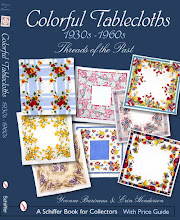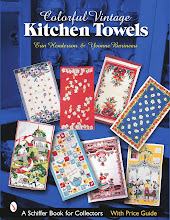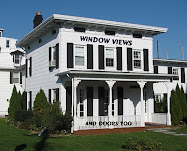 The Martha Washington Inn was originally built in 1832 by Revolutionary War General Francis Preston for his family of nine children, over the course of the last 174 years, the building has served as an upscale women's college, a Civil War hospital and barracks, and as a residence for visiting actors of the Barter Theatre.
The Martha Washington Inn was originally built in 1832 by Revolutionary War General Francis Preston for his family of nine children, over the course of the last 174 years, the building has served as an upscale women's college, a Civil War hospital and barracks, and as a residence for visiting actors of the Barter Theatre. In 1834, General Francis Preston built the brick residence for his family at a cost of $15,000. The mansion remained in the Preston family possession until 1858, when it was sold at the cost of $21,000 to the founders of Martha Washington College. The college devoted entirely to women operated for seventy years until finally succumbing to the Great Depression. At the time of the Civil War, the college served as the training ground for the Confederate unit, the Washington Mounted Rifles. After various skirmishes between United States and Confederate forces, wounded were brought to the school for treatment. It was also during this time period that the building attained the nickname, "The Martha."
In 1834, General Francis Preston built the brick residence for his family at a cost of $15,000. The mansion remained in the Preston family possession until 1858, when it was sold at the cost of $21,000 to the founders of Martha Washington College. The college devoted entirely to women operated for seventy years until finally succumbing to the Great Depression. At the time of the Civil War, the college served as the training ground for the Confederate unit, the Washington Mounted Rifles. After various skirmishes between United States and Confederate forces, wounded were brought to the school for treatment. It was also during this time period that the building attained the nickname, "The Martha."After passing through various hands over the next three years, in 1935, the Martha Washington Inn opened. The inn has operated ever since in the capacity of a hotel.
In 1984, the United Group, an investment group of businessmen, purchased the inn and paid for an 8 million dollar renovation. Eleven years later, the property was admitted to the Camberley Collection of historic places. Today, the Martha Washington Inn serves as both a hotel and spa.
 Many famous guests have spent the night at the Martha Washington Inn. Among them are included, Eleanor Roosevelt, President Harry Truman, Lady Bird Johnson, Jimmy Carter, and Elizabeth Taylor.
Many famous guests have spent the night at the Martha Washington Inn. Among them are included, Eleanor Roosevelt, President Harry Truman, Lady Bird Johnson, Jimmy Carter, and Elizabeth Taylor. There are several "ghost" stories tied to the Inn. I will share one with you here involving "The Yankee Sweetheart":
There are several "ghost" stories tied to the Inn. I will share one with you here involving "The Yankee Sweetheart":This story is about a tragic love affair between a student at Martha Washington College and her Yankee sweetheart. Although still a girl's college, Martha Washington College served as a hospital during the Civil War. Several of the girls did not return home during the war but bravely volunteered to stay at the school as nurses. Captain John Stoves, a Yankee officer, was severely wounded and captured in town. Soldiers carried Captain Stoves through the cave system under Abingdon and up a secret stairway to the third floor of the building. Captain Stoves lay gravely wounded in what is now Room 403. For weeks, a young student named Beth nursed and cared for him. She found herself falling in love with the brave captain, and he returned her sentiments. Often, Beth would lovingly play the violin to ease his pain and suffering. But, their love was not to last for long. As he lay dying, he called, "Play something, Beth, I'm going." Unfortunately, Beth was too late to escort him out with a song, because he died suddenly. Beth tearfully played a sweet southern melody as a tribute to him. When a Confederate officer entered and explained that he was taking Captain Stoves as a prisoner, Beth faced him triumphantly and said, "He has been pardoned by an officer higher than General Lee. Captain Stoves is dead." Beth died a few weeks later from typhoid fever. Many of the female students who later attended the college, as well as inn employees and guests, have heard Beth's sweet violin music in the night. Others report that Beth visits Room 403 to comfort her Yankee soldier (this information was borrowed from here).















































.jpg)

